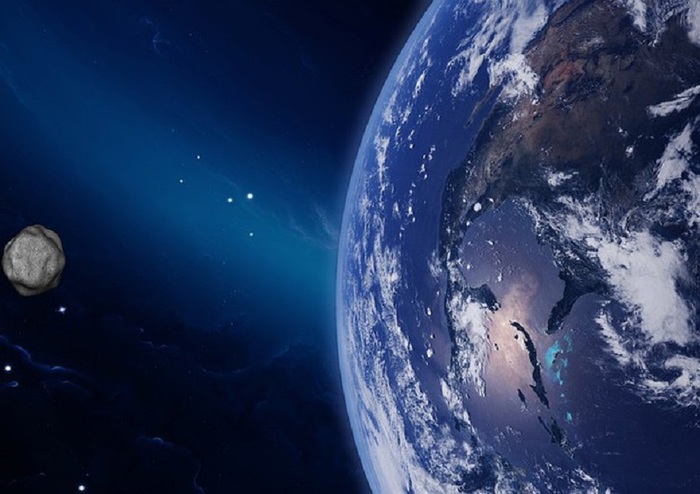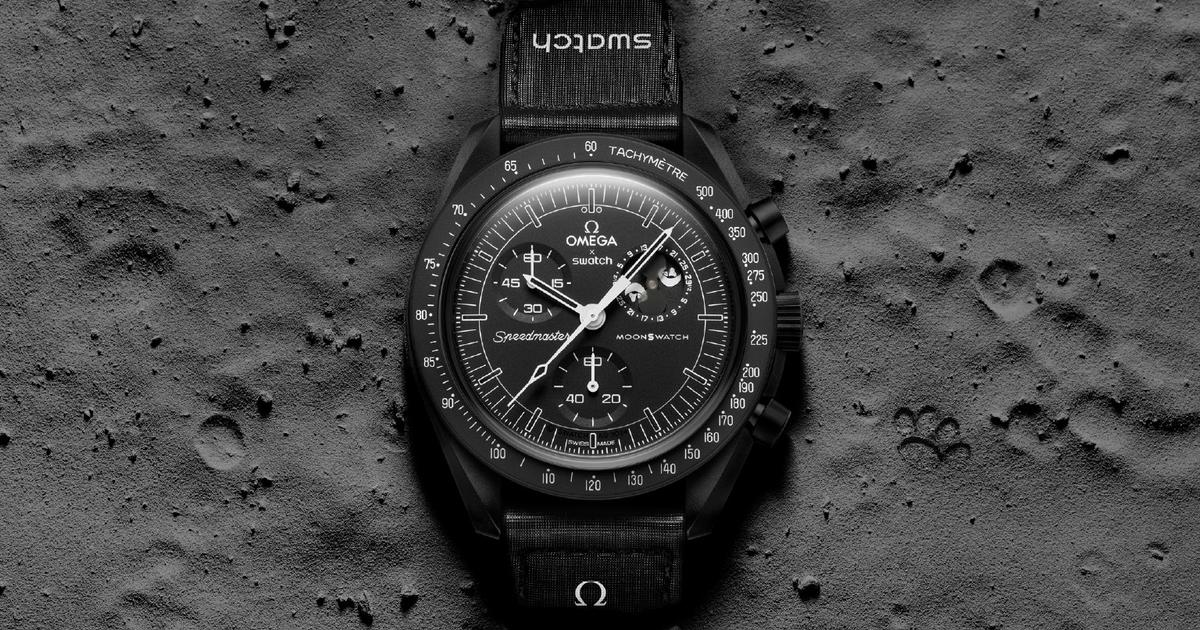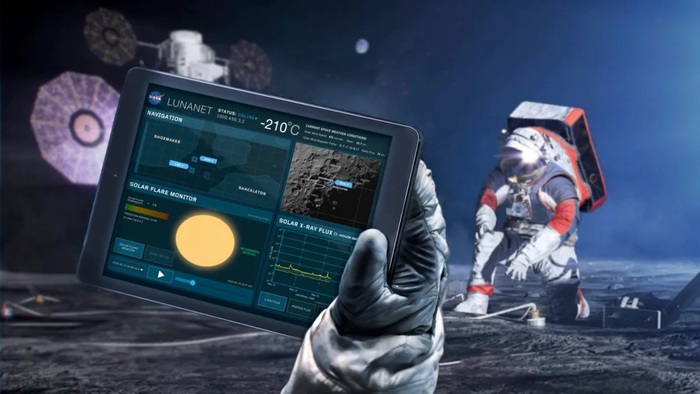The highly anticipated close encounter between the Earth and its new 'mini-moon' 2020 took place on Tuesday 1 December, at 9:47 am Italian time: the mysterious object captured by Earth's gravity (perhaps an asteroid or much more likely a debris space) passed close to our planet without involving risks, at a distance of about 50,000 kilometers, equal to 13% of the distance that separates Earth and Moon.
Half-world telescopes have followed the passage of this strange visitor, invisible to the naked eye.
The passage took place in the aftermath of the penumbral eclipse with which the Earth has weakly obscured 83% of the lunar disk: the show, which culminated when it was 10:44 in Italy, lasted 4 hours and 21 minutes, making it visible from Asia, Australia and America.
It is as if the Earth had wanted to obscure the Moon to hide the imminent 'betrayal' with its new 'occasional partner', the object 2020SO: discovered on September 17, 2020 by the Pan-Starrs 1 telescope, it was initially identified as an asteroid 4-12 meters in diameter.
Subsequent observations, made also thanks to the Cassini telescope of the National Institute of Astrophysics (Inaf) of Bologna, have instead fueled the hypothesis of space debris.
"This is almost certainly the second stage of an Atlas-Centaur rocket used in September 1966 by NASA to launch the ill-fated Surveyor 2 lunar probe, which then crashed on the lunar surface at a point still unknown", explains on the Media Inaf website. astronomer Giovanna Stirpe, INAF of Bologna.
After the 'salute' to the Earth on December 1st, 2020SO will again be the protagonist on February 2nd 2021 of another close passage, albeit less tight: "it will pass about 220 thousand kilometers away and a few weeks later it will free itself from the embrace with the Earth ", concludes astrophysicist Gianluca Masi, head of the Virtual Telescope.








